Author: Martin Keen
In this day and age, hoppy IPA is all the rage, particularly those that that look more like nectar than beer, and when it comes to general aroma and flavor preferences, drinkers can’t seem to get enough ripe fruit. While characteristics such as grapefruit are associated with certain classic hop varieties, some of the most sought-after IPA are those displaying pungent ripe tropical fruit characteristics such as mango, guava, and pineapple, among others.
A number of modern hop varieties are known to contribute tropical fruit notes to beer, but for some brewers, attaining the desired level can be difficult. A new product purported to enhance these characteristics is Tropic Thunder from CellarScience, an amino acid added during fermentation that encourages yeast to produce a small amount of fusel alcohols that contribute tropical fruit flavors. Unlike other products that claim have a similar effect, Tropic Thunder contributes tropical flavors via the Ehrlich pathway rather than through the release of bound thiols.
I’ve no shame admitting my love of all things hoppy, regardless of the way they look, and tropical fruit is one of my favorite characteristics in an IPA. While I’ve been pleased with the IPA I’ve made using standard ingredients, the thought of amplifying those flavors by making a simple addition of Tropic Thunder certainly intrigued me. While discussing this product with our friends from MoreBeer, we decided to collaborate on an xBmt to see just how big of a perceptible impact it really has on a Hazy IPA.
| PURPOSE |
To evaluate the differences between a Hazy IPA where Tropic Thunder was added at yeast pitch one where it was not added.
| METHODS |
Big cheers to MoreBeer for not only hooking me up with the Tropic Thunder for this xBmt, but a couple of their Riwaka Heavenly Haze Single Hop Hazy IPA kits as well!
Riwaka Heavenly Haze IPA
Recipe Details
| Batch Size | Boil Time | IBU | SRM | Est. OG | Est. FG | ABV |
|---|---|---|---|---|---|---|
| 5.5 gal | 60 min | 33.6 | 4.1 SRM | 1.066 | 1.01 | 7.35 % |
| Actuals | 1.066 | 1.01 | 7.35 % | |||
Fermentables
| Name | Amount | % |
|---|---|---|
| Pale 2-row Malt | 10 lbs | 71.43 |
| Enzyme | 1 lbs | 7.14 |
| Flaked Oats | 1 lbs | 7.14 |
| Flaked Wheat | 1 lbs | 7.14 |
| White Wheat Malt | 1 lbs | 7.14 |
Hops
| Name | Amount | Time | Use | Form | Alpha % |
|---|---|---|---|---|---|
| Riwaka | 28 g | 15 min | Boil | Pellet | 5.3 |
| Riwaka | 56 g | 30 min | Aroma | Pellet | 5.3 |
| Riwaka | 56 g | 6 days | Dry Hop | Pellet | 5.3 |
| Riwaka | 56 g | 3 days | Dry Hop | Pellet | 5.3 |
Yeast
| Name | Lab | Attenuation | Temperature |
|---|---|---|---|
| HAZY | CellarScience | 80% | 62°F - 75°F |
Notes
| Water Profile: Ca 99 | Mg 15 | Na 8 | SO4 200 | Cl 75 |
Download
| Download this recipe's BeerXML file |
Wanting to keep things as equal as possible, I opted to combine the 2 recipe kits into a single 10 gallon/38 liter batch. After collecting the full volume of filtered tap water, adjusting it to my desired profile, and getting it heating up, I milled the grain.
With the water properly heated, I incorporated the grist and set my Clawhammer Supply 240v controller to maintain the suggested 152°F/67°C mash temperature.
When the mash was finished, I collected the wort and proceeded to boil it 60 minutes, adding hops at the times listed in the recipe.
When the boil was complete, I ran it through my Exchilerator Maxx CFC on its way to separate sanitized fermenters, racking precisely 4 gallons/15 liters to each.
A refractometer reading indicated the wort was within the target OG range provided by MoreBeer.
I then pitched a pack of CellarScience HAZY yeast into each batch of wort.
At this point, I measured out 8 g of Tropic Thunder, the recommended amount based on the volume of wort, and added it to one of the beer.
After 3 days of fermenting at 68°F/20°C, I added the initial dry hop dose, waited another 3 days before adding the second dose, then let the beer sit an additional 3 days before taking refractometer readings indicating a slight difference in FG.
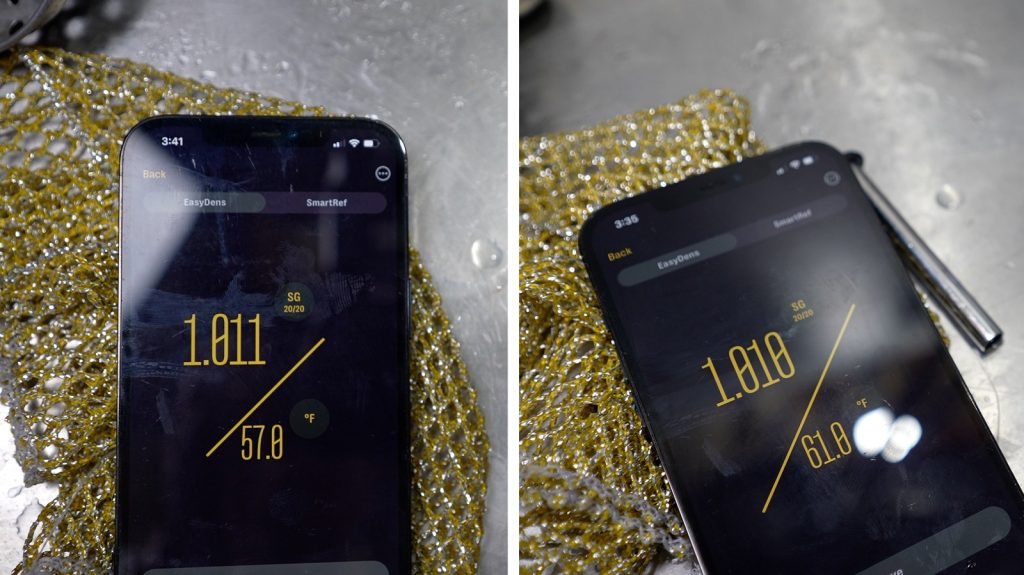
With the beers done fermenting, I cold-crashed them to 33°F/0.5°C then pressure transferred each to CO2 purged serving kegs. The filled kegs were placed in my keezer and burst carbonated overnight before I reduce the gas to serving pressure. After a week of conditioning, the beers were ready to serve to tasters.
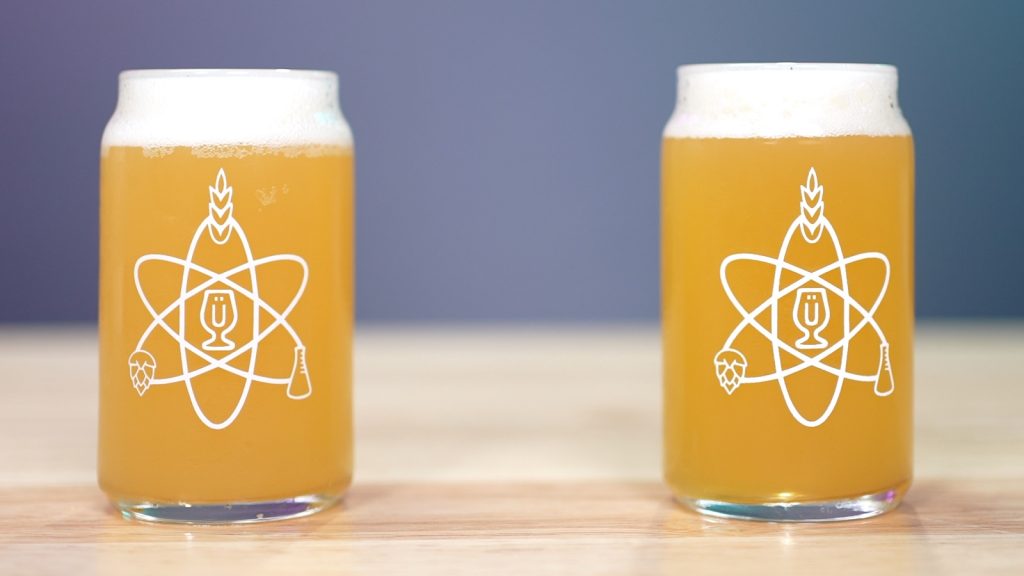
| RESULTS |
A total of 21 people of varying levels of experience participated in this xBmt. Each participant was served 1 sample of beer made with Tropic Thunder and 2 samples of the non-dosed beer in different colored opaque cups then asked to identify the unique sample. While 12 tasters (p<0.05) would have had to accurately identify the unique sample in order to reach statistical significance, only 5 did (p=0.88), indicating participants in this xBmt were unable to reliably distinguish a Hazy IPA where Tropic Thunder was added at yeast pitch from one that was not dosed with Tropic Thunder.
My Impressions: Out of the 5 semi-blind triangle tests I attempted, I identified the unique sample just once, and I’ll admit it was a completely random guess. These beers tasted identical to me, both possessing pungent citrus notes that I perceived as largely grapefruit. There was some tropical fruit character, but it wasn’t as strong as I expected. Despite detecting no impact of the Tropic Thunder, these beers were outstandingly hoppy, I loved having them on tap!
| DISCUSSION |
The goal of many modern brewers is to produce IPA that possesses massive amounts of tropical fruit aroma and flavor, which up until recently primarily involved the use of newer hop varieties and heavy dry hop additions. CellarScience recently released a product called Tropic Thunder that, when added at yeast pitch, is purported to enhance these characteristics through a unique chemical process. Curiously, tasters in this xBmt were unable to reliably distinguish a Hazy IPA made with Tropic Thunder from one that was not dosed with this product.
It’s impossible to know exactly why the addition of Tropic Thunder appeared to have no perceptible impact on this Hazy IPA, so all one can do is speculate. Assuming CellarScience’s claim about how this product works is true, it’s possible the fruitiness from the hop additions simply overshadowed any impact of the Tropic Thunder. However, this recipe was pretty standard for a Hazy IPA, a style CellarScience recommends using Tropic Thunder for.
As a lover of tropical IPA, I keep holding out hope for a product that allows me to easily up those characteristics, but given the results of this xBmt, I’m afraid I’ll have to keep looking. I was truly excited to give Tropic Thunder a try, but despite having brewed these beers and being fully aware of the differences, they were perceptibly identical to me. It’s entirely possible the impact of this product would be more noticeable in a less hoppy beer, but at this point, I’ll be sticking with the standard ingredients for my IPA.
If you have any thoughts about this xBmt, please do not hesitate to share in the comments section below!
Support Brülosophy In Style!
All designs are available in various colors and sizes on Amazon!
Follow Brülosophy on:
FACEBOOK | TWITTER | INSTAGRAM
If you enjoy this stuff and feel compelled to support Brulosophy.com, please check out the Support page for details on how you can very easily do so. Thanks!

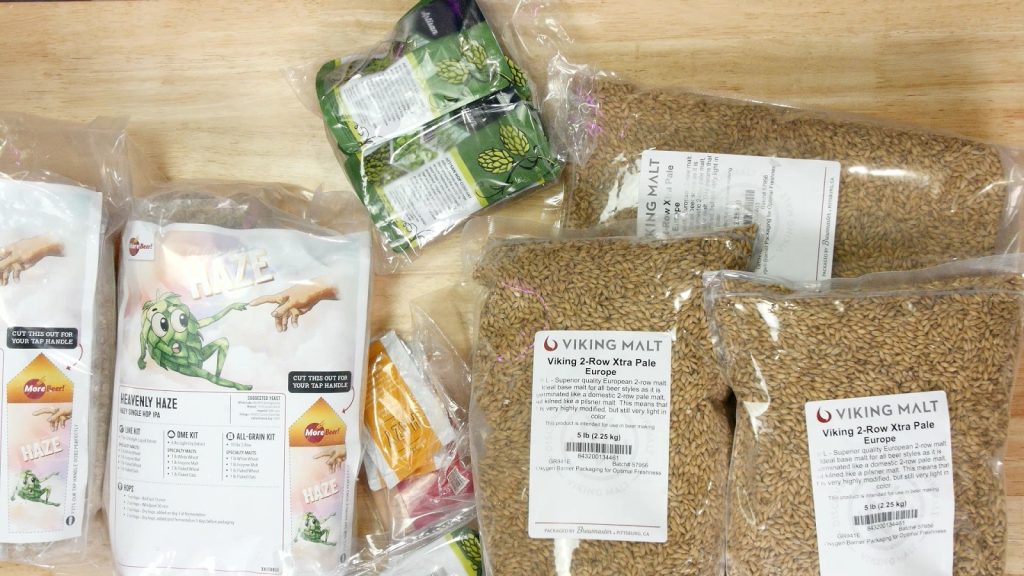

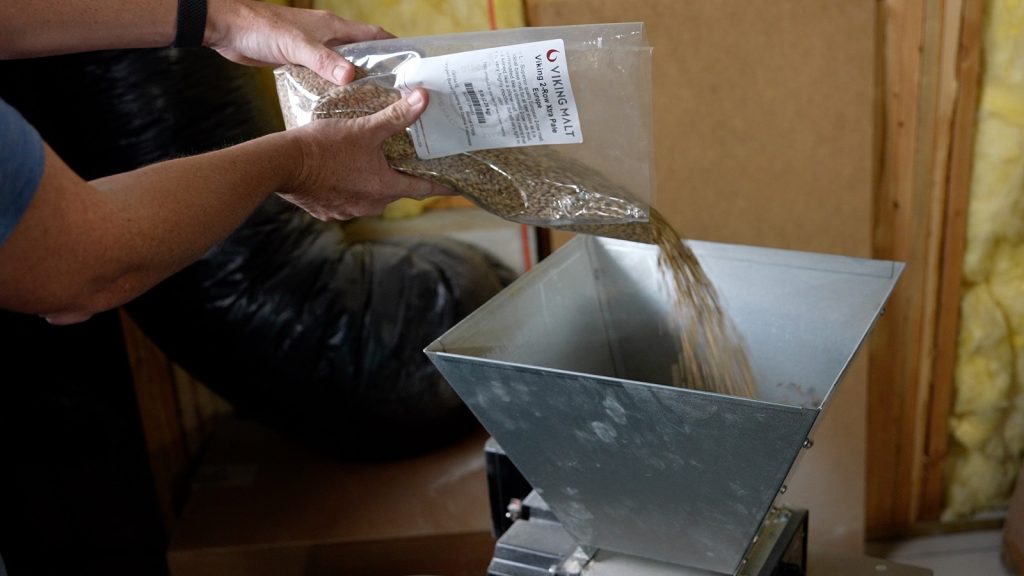
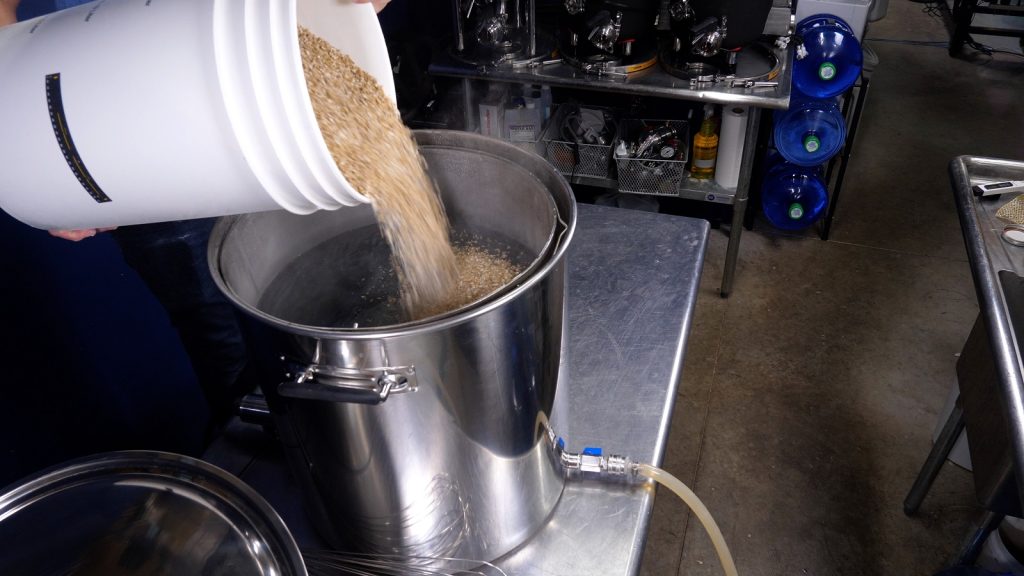
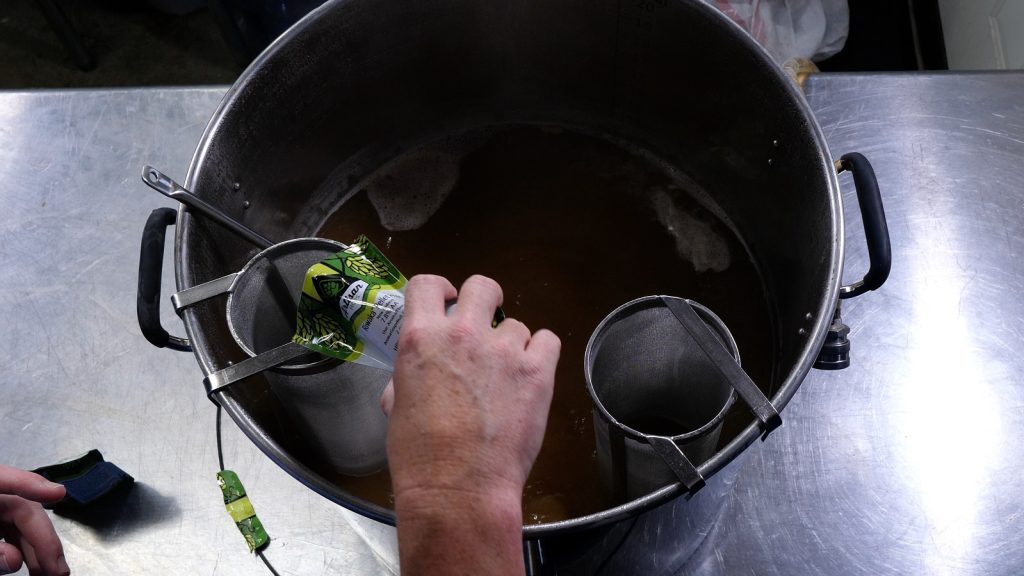
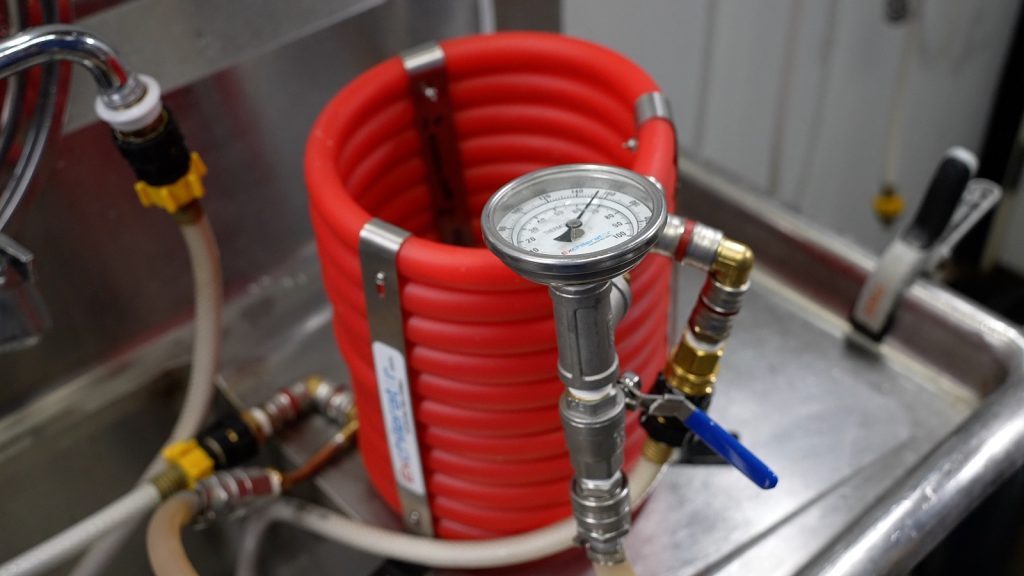

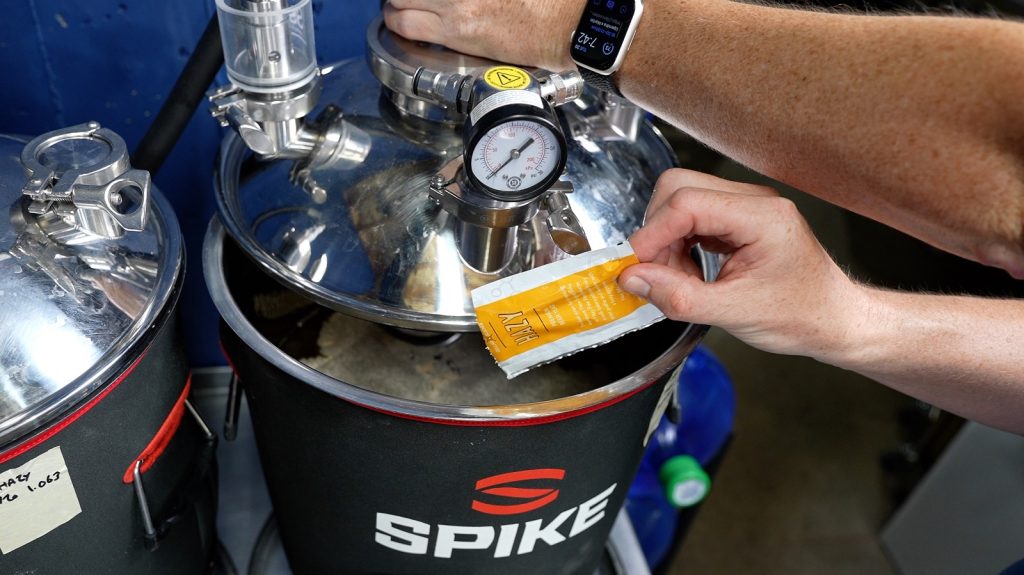
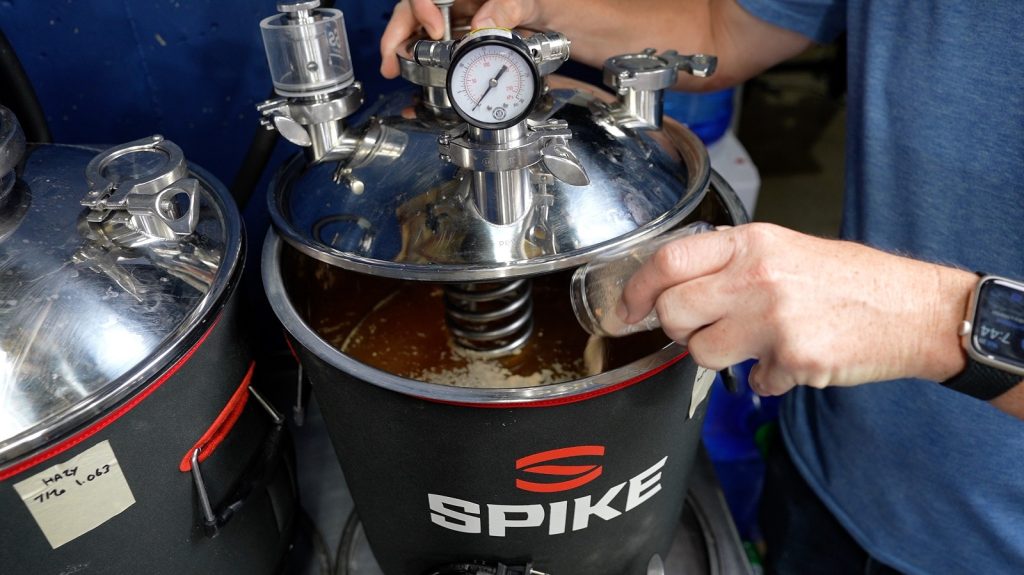











6 thoughts on “exBEERiment | Impact Adding Tropic Thunder At Yeast Pitch Has On A Hazy IPA”
Thanks for the product review. It appears Tropic Thunder isn’t even a sun shower.
Could you please explain the enzyme additive? What kind, dosing guidelines and what does it accomplish. Thanks as always for the exbeeriments.
Did you consider whether fermenting temperature had an effect into Tropic Thunder ability to produce the mentioned flavours? The Cellar Science product webpage mentions that those flavours come from fusel alcohol, so maybe using Tropic Thunder and higher fermenting temperatures (24-25C) will produce a noticeable difference.
Good experiment, thanks.
These experiments with hazy additives show that products that supposedly enhance the fruitiness of hazy IPAs–i.e. this product and phantasm powder–are complete bunk. They might show an effect detectable with expensive equipment in a fancy lab, but it doesn’t translate to the real world. There is just no way that subtle fruitiness is going to be detectable even to experienced palates against a backdrop of heavy dry hopping. These experiments also show 1) how real expectation bias is, and 2) that homebrewers will fall for anything that claims to improve a hazy IPA, even if it’s just snake oil.
“Assuming CellarScience’s claim about how this product works is true…” Well, it’s either a false claim, or it’s true only in a fancy lab where it is possible to detect an extremely small effect. These products really need to be put through sensory analysis, not spectrophotometric analysis, before they are brought to market.
Thanks for saving me my hard earned money! Your results remind me of my own experience with Phantasm powder. My guess is that if it does anything, it is still probably being overwhelmed by the massive hop load in a modern IPA. It would still be worth it to see how it does in something like a Blonde Ale or American Wheat where there isn’t a strong hop presence to drown out a potential small effect. If I spring for some of this I might reserve it for a cider or mead to see the results there rather than in a beer.
Can you tell me what the lb of enzyme listed in the recipe is? I have used amylase enzyme (around a tsp addition to a 5 gal batch) numerous times before to drive the FG and make a dryer beer but the use of a full lb of any enzyme has me scratching my head. Great xBmt!!!!!